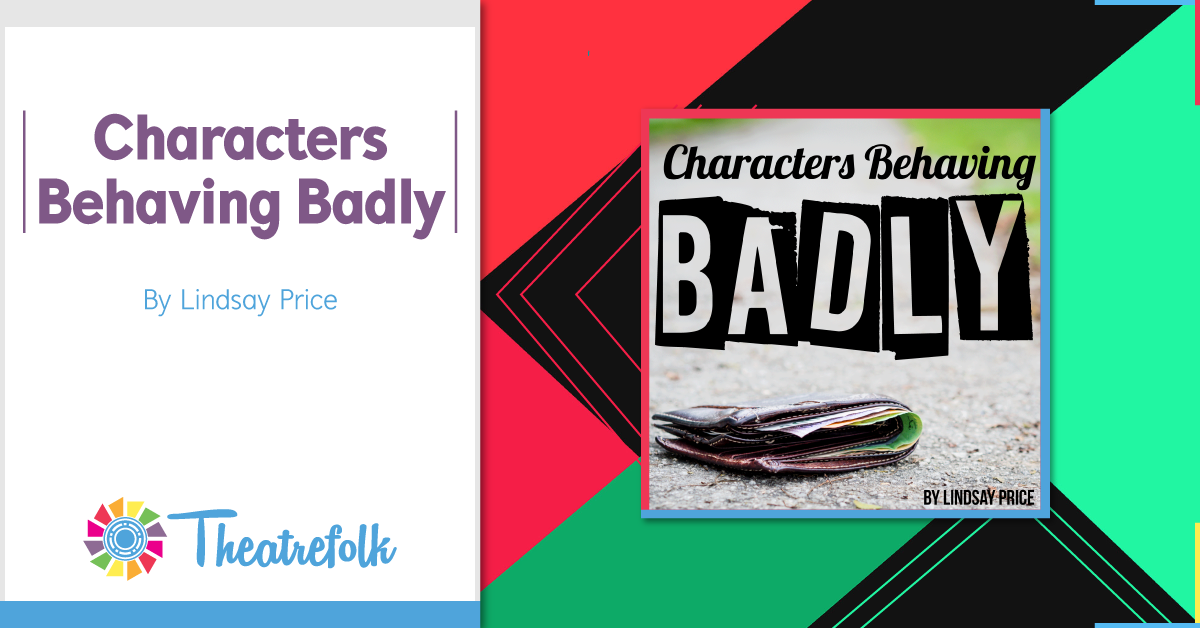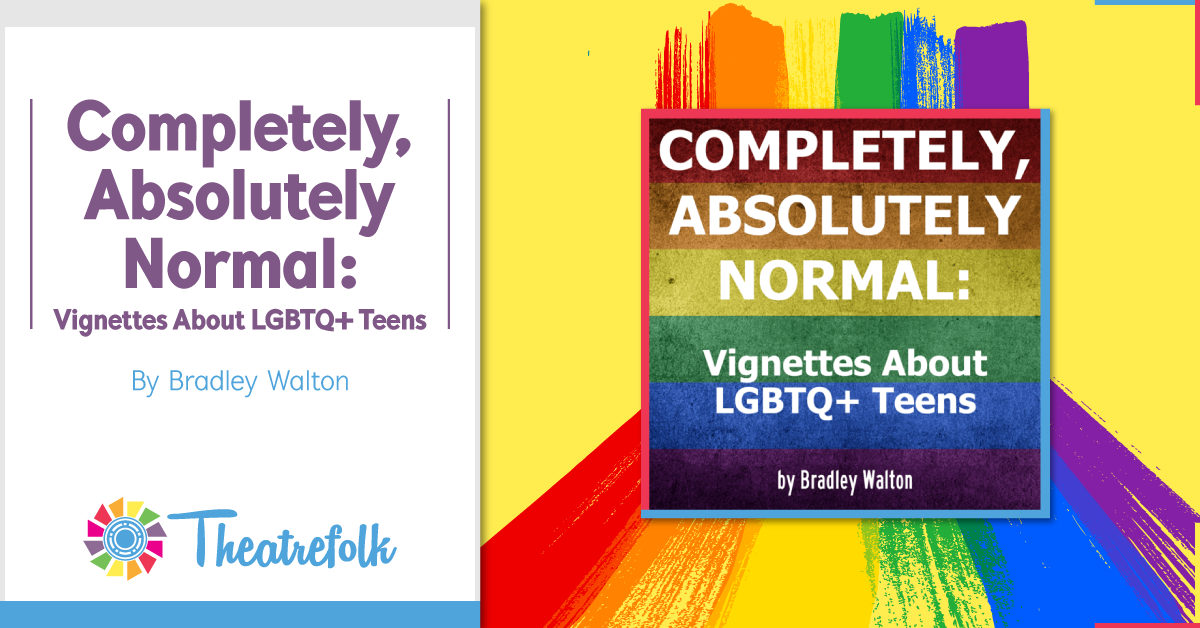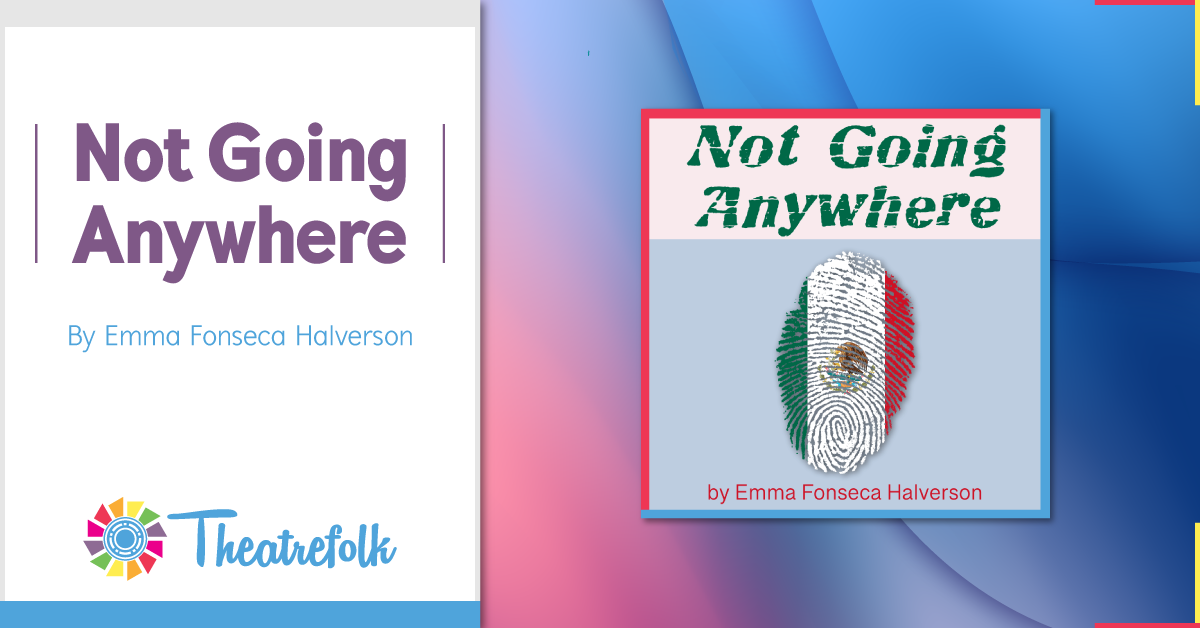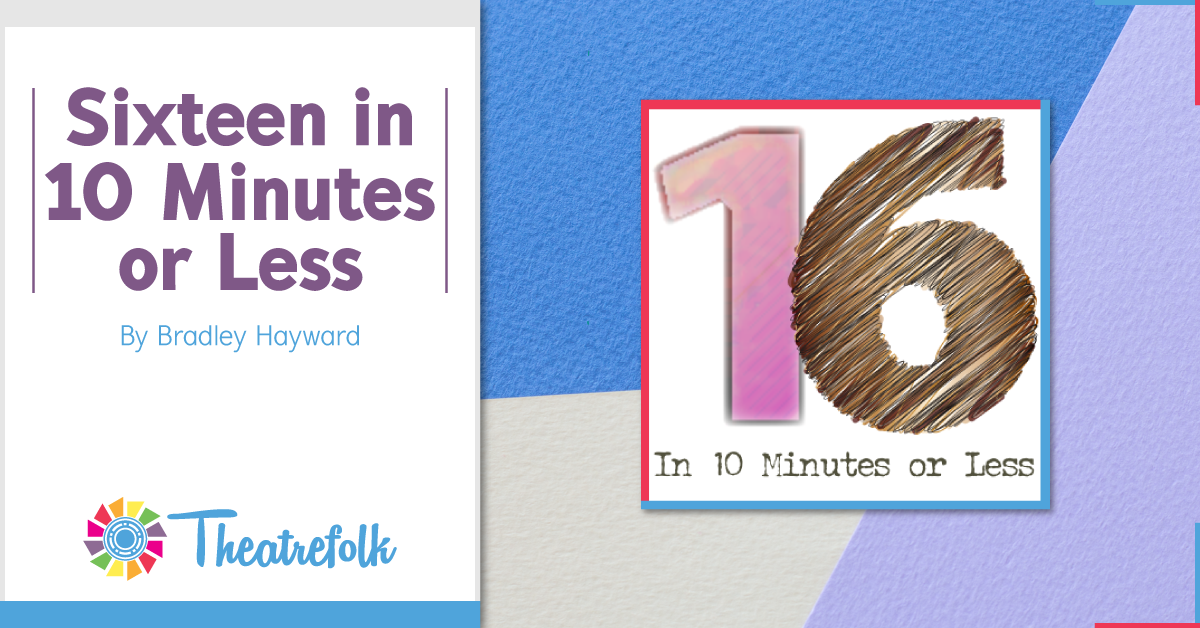
Theatrefolk Featured Play – Characters Behaving Badly by Lindsay Price
Welcome to our Featured Play Spotlight. The vignette play, Characters Behaving Badly, by Lindsay Price, asks students to look at the concept of what it means to be “good” and “bad”, as well as what it means to play a character with whom they might not agree. Perfect for class performances!
If you saw a wallet on the ground, bulging with money, and no one around, would you take it?
What’s the worst thing a person can do? Is it murder? Is it lying? Is it getting an A-? What defines “good” and “bad” behaviour? Can “good” people have “bad” thoughts?
Let’s hear from the author!
1. Why did you write this play?
Over the years, I have witnessed a lot of young or student actors being reticent to take on a “bad” character because they felt it would reflect in their own personal character. “If I play a bad character, then I am seen as a bad person.” Which leads to a great question: What does it mean to be “good” or “bad”? And who gets to decide what is “good” or “bad?” And there was my starting point.
2. Describe the theme in one or two sentences.
What does it mean to be “good” or bad?” What does it mean to play a “bad” character.
3. What’s the most important visual for you in this play?
There’s a moment when a character holds up a wallet full of money and asks the other characters and the audience if they would take it if they found it on the ground. Would you?
4. If you could give one piece of advice for those producing the play, what would it be?
It’s a vignette play so it’s easy to default to a blackout between every scene. If you look at the script, it’s specifically designed to avoid that. Blackouts suck the life out of the drive and forward motion of a play. Use choreographed transitions and music to move from moment to moment.
5. Why is this play great for student performers?
Not only are the characters great for analysis in this play, the question around what is “good” and what is “bad” is an excellent topic for discussion. How do your students define the two?


